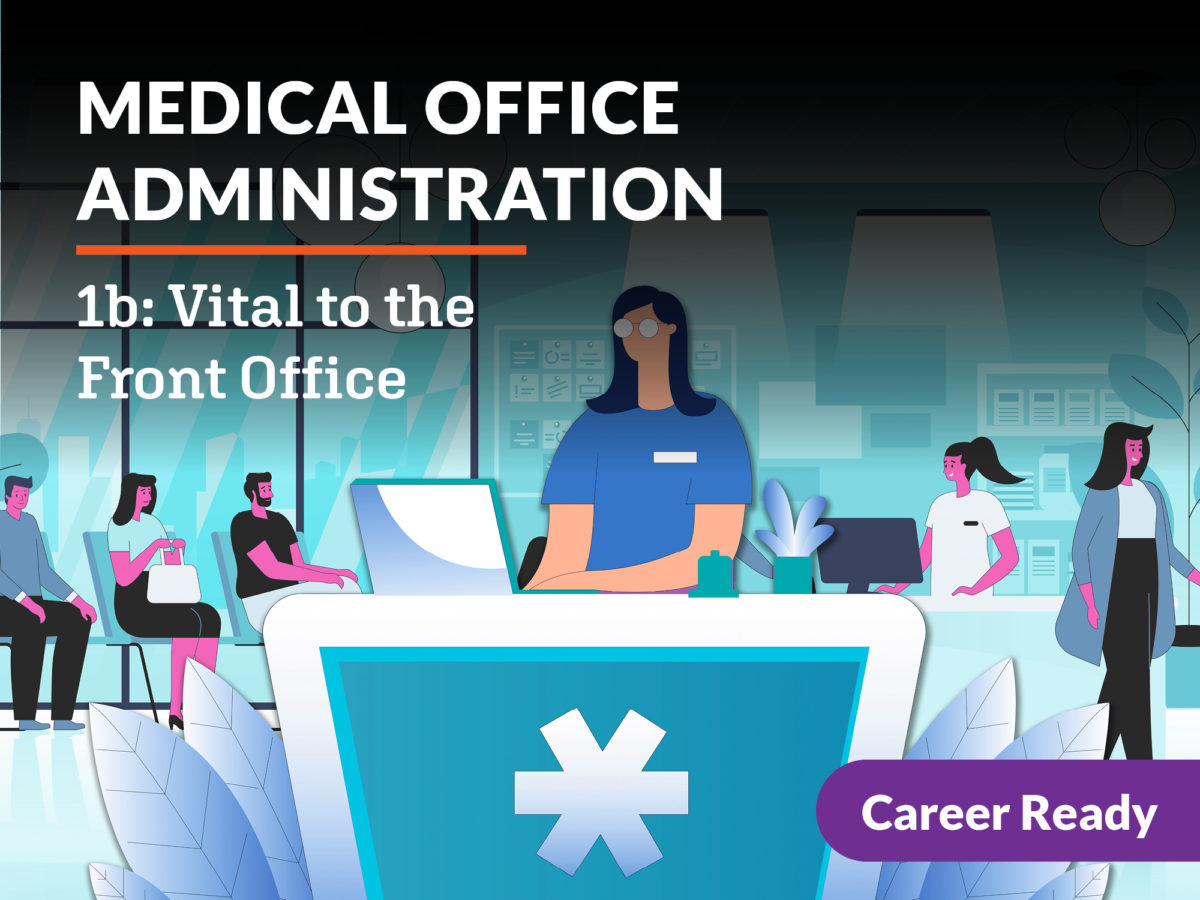A Full Overview to Medical Administration Certifications and Qualifications
A Full Overview to Medical Administration Certifications and Qualifications
Blog Article
Finest Practices in Medical Administration for Improving Performance and Decreasing Prices
In the ever-evolving landscape of medical care, the quest of ideal methods in clinical management is critical for boosting effectiveness and curbing expenditures. By incorporating advanced modern technologies such as digital wellness records and telemedicine, healthcare service providers can enhance procedures and enhance person care.
Leveraging Advanced Technology
The assimilation of digital options right into health care systems has actually changed the method centers run, simplifying procedures and improving patient treatment. By systematizing patient info, EHRs eliminate the demand for cumbersome documents and help with smooth communication amongst healthcare companies.
Telemedicine is another technical advancement that has actually revolutionized person communication. It offers comfort for both patients and healthcare professionals by allowing remote assessments, which can lower the requirement for in-person check outs and optimize appointment organizing. Additionally, telehealth systems can prolong medical care access to country or underserved locations, linking gaps in care delivery.
In addition, using Artificial Knowledge (AI) and artificial intelligence is coming to be progressively prevalent in anticipating analytics, enabling early discovery of prospective wellness concerns and more informed decision-making. These technologies, when integrated properly, can improve analysis accuracy and personalize individual therapy plans, inevitably leading to improved medical care results and functional efficiency.
Optimizing Source Allotment
Reliable resource appropriation is vital for making the most of the efficiency of medical administration. By purposefully taking care of resources such as workers, tools, and financial resources, health care facilities can dramatically improve their operational performance, enhance individual outcomes, and lower unnecessary expenditures. The very first step in enhancing source allowance involves carrying out a detailed assessment of existing assets and determining locations where resources may be underutilized or overextended. This assessment needs to be data-driven, making use of metrics and analytics to notify decision-making processes.
Prioritizing resource allowance based on client demands and service needs is necessary. Implementing flexible staffing models can also optimize labor resources by changing workers allocation in action to changing person quantities.
Funds need to be diligently kept an eye on and designated with strategic insight to support both temporary functional demands and long-lasting institutional objectives. This includes investing in training programs that improve team proficiencies and adopting energy-efficient techniques that lower operational expenses (medical administration). Ultimately, an optimized source appropriation strategy fosters a sustainable health care environment that is receptive, effective, and monetarily prudent
Streamlining Process Procedures
When healthcare facilities goal to enhance operational performance, improving operations processes becomes an essential emphasis. Reliable workflows lessen redundancy, eliminate unnecessary actions, and boost control among health care professionals. This method not only speeds up solution delivery however additionally enhances the top quality of person treatment.

Following, innovation combination plays a considerable function in simplifying operations. Implementing digital health documents (EHRs) and electronic medical professional order entrance (CPOE) systems decreases documents, minimizes human error, and makes sure information is obtainable to all pertinent employees. In addition, leveraging telemedicine systems can simplify person consultations and follow-ups, decreasing the stress on physical facilities.

Eventually, streamlined click here to find out more workflows result in cost decreases and enhanced person fulfillment, cultivating a more sustainable medical care atmosphere.
Enhancing Data Monitoring
Building upon structured operations, enhancing data management becomes an essential part in progressing healthcare administration. Effective information administration systems are crucial for preserving exact client documents, enhancing decision-making, and ensuring compliance with regulative requirements. By carrying out durable information administration solutions, health care centers can improve the high quality of person treatment while all at once lowering anonymous functional costs.
One trick facet of improving information monitoring is the combination of sophisticated digital health record (EHR) systems. These systems help with the smooth exchange of patient info throughout different divisions, decreasing duplication of examinations and minimizing errors. A properly designed EHR system supports information analytics, allowing healthcare companies to determine fads and make notified decisions relating to individual care.
Moreover, securing person data is critical. Adopting thorough cybersecurity measures, consisting of security and normal audits, makes certain the honesty and discretion of delicate info. This not just protects individuals however likewise preserves the institution's credibility.
Investing in team training is an additional important variable. Educating health care specialists on information administration methods boosts their capacity to effectively utilize technology, leading to improved client outcomes. Finally, boosting data administration through sophisticated innovation and comprehensive training is vital for achieving effectiveness and cost decrease in medical management.
Fostering Collaborative Communication
A crucial home element beforehand medical administration is cultivating collective communication amongst medical care professionals. Efficient communication is paramount for guaranteeing seamless patient treatment, optimizing therapy outcomes, and decreasing mistakes. By encouraging open dialogue and control across multidisciplinary groups, medical care organizations can improve their operational performance and lower unneeded expenses.
Central to this technique is the integration of interaction technologies such as electronic wellness records (EHRs) and protected messaging systems, which assist in the quick exchange of vital client info. These tools enable doctor to access and share information in actual time, guaranteeing that all staff member are notified and aligned in their decision-making processes. Additionally, routine group meetings and interdisciplinary rounds can better advertise a society of cooperation and responsibility.
Training programs concentrated on improving communication skills are also crucial. Inevitably, fostering collective communication leads to enhanced medical care shipment and expense financial savings.

Final Thought
Including sophisticated technology, such as digital health and wellness records and telemedicine, alongside enhanced resource allowance and structured operations procedures, is important for improving effectiveness in medical management. Effective information monitoring and cultivating joint communication among healthcare groups are essential for decreasing redundancies and improving care quality. By focusing on precautionary care and participating in top quality enhancement efforts, medical care organizations can attain significant expense savings and improved person end results, therefore guaranteeing sustainable healthcare delivery in a significantly complex atmosphere.
Report this page